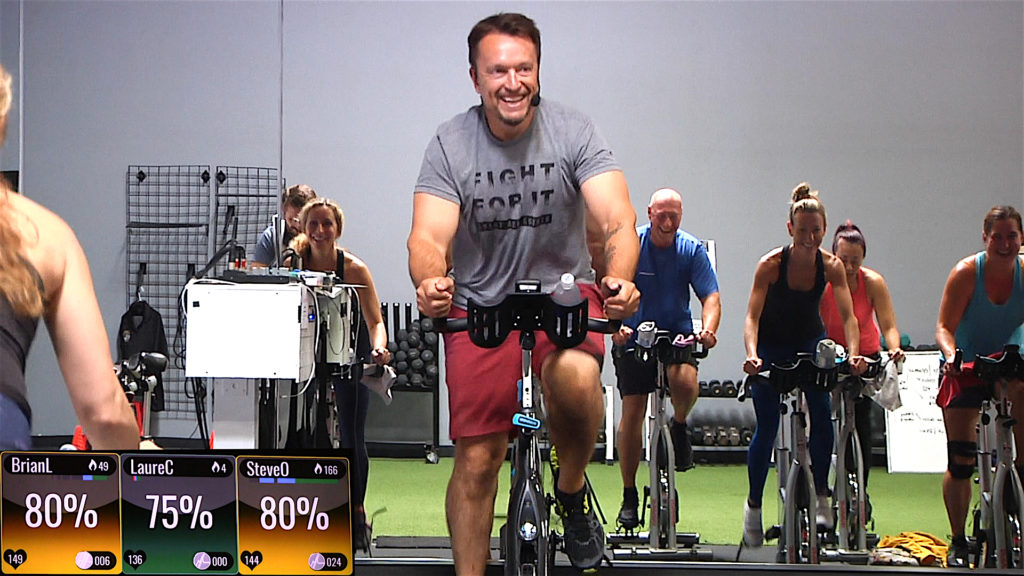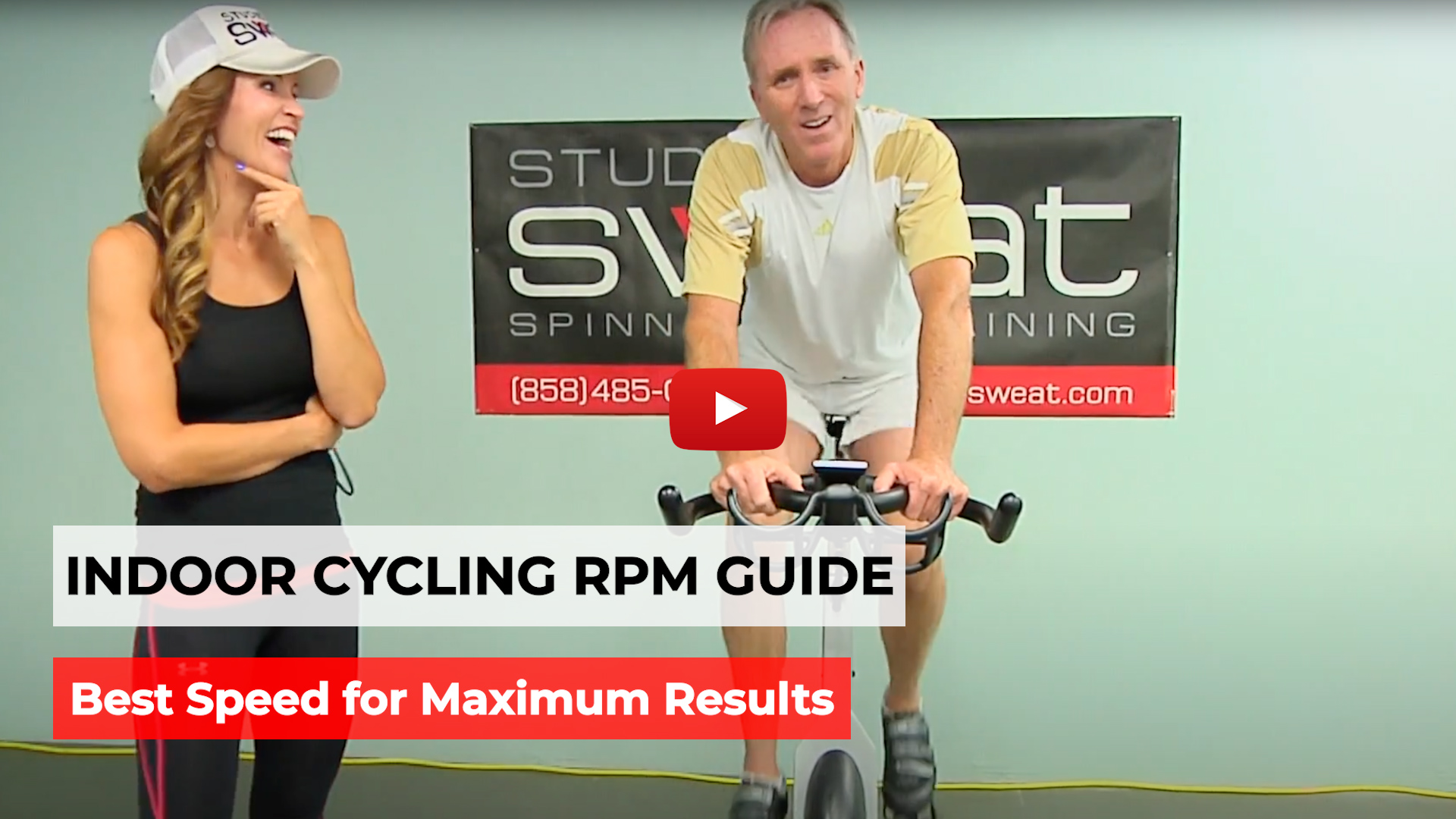Like, is that old school calculations 220-age what you should use to determine your Max Heart Rate?
Let’s take a second to understand this topic! Like, is that old school calculation of 220-age what I should use to determine my Max Heart Rate?
You’ve heard trainers talking about heart rate zones, but do you know what they are and how to figure out yours? Generally speaking, heart rate zones are ranges of exertion based on your Resting Heart Rate (RHR) and your Max Heart Rate (MHR), but let’s dig into a little deeper on the how, why, when, and what of heart rate training.
How do I figure out these zones?
Know your resting heart rate (RHR):
You’ll use a simple pulse test to get your RHR. Do this first thing in the morning before coffee, preferably while you’re still in bed. (But wait a few minutes if you wake to an alarm clock. That startle will push your rate up a bit.) With your fingers on the pulse on your neck, and a timer nearby, count your pulse for 30 seconds. Then multiply by two. Simple.
Know your max heart rate (MHR):
There’s an old-school formula that’s 220-age, but ugh, that’s SO general & doesn’t take individuality into consideration at all. Say I’ve been working out so hard and so consistently that my RHR is only 38. But the average person’s is more like 65 or 70. Fitness levels and other factors matter and do impact your RHR and MHR.
So, we prefer the Karvonen Formula (which you can calculate HERE) because it includes the variable RHR.
Know your zones:
Now that you know your RHR and MHR, you need to know your zones and how to utilize them in your fitness program. We’ll give you the math, but if you’re using a heart rate tracker, that may do the work for you. Once you know your zones, you can find yours using a heart rate tracker or a pulse count.
Example: Say you used the Karvonen method and found that your MHR is 200. Then take your pulse (30-second count X 2, so a count of 60 means you’re at 120 BPM [beats per minute]), or you see on your tracking device that you’re at 120. That means you’re at 60% (BPM/MHR or 120/200), so you’re in Zone 2.
The heart rate zones correlate with effort, and we often refer to a “Talk Test,” meaning: how much talking can you do at the various zones.

Think of this like a casual stroll. You can have a very natural conversation and you’re not thinking at all about your breathing.

Think of this like a brisk walk with rolling hills. You can still carry on a conversation, but you’re starting to be aware of your breathing.

Think of this as running (not to be confused with jogging) for a while. You’re borderline mouth only breathing. You would not be able to easily sing a song, but you could get 3 to 5 words out before a big breath in.

Think of this like jogging for a while, or just out of your warmup on a bike. Now you’re breathy, but not breathless. You can still talk, but probably need a deep breath after each sentence.
This is up to 100% of what your heart can handle. Think of “max” like pushing a car up a hill using all your might. 90-99% is just under that. You’re to the point where you’re mouth-only breathing, and you can only sustain the activity for 10 to 120 seconds before your body can’t continue. If your heart rate tracker says you’re in this zone for 3 minutes or more, check your settings – chances are your max heart rate isn’t correct in your app. Be careful – if you stay here too long, you risk burning muscle, not fat! The fat burning zones are Zones 2-4.
Why do heart rate training?
This is a great tool to motivate you during workouts, and really helps you learn your body and what it’s capable of. When a trainer is saying “stay in Zone 4,” you will know whether you need to dial it back or make a bigger push.
Tracking also makes you sure you’re working out as the workout is designed and for your desired results. If you’re doing interval training, you’ll want to be popping between Zones 4 & 5 and Zone 3, so knowing your heart rate zones keeps you on track.
When should I do this?
This is a great tool whenever you don’t have anything going on that would impact your heart rate. Conditions like tachycardia, bradycardia, or being on a beta-blocker med will throw your heart rate off, and using these zones isn’t for you.

What about tracking with a device?
You can be mindful of the zones just using a simple pulse test or the talk test we mentioned. But who wants to interrupt a great workout to stop for a pulse test? You can track your zones by using a heart-rate device like the MyZone belt with the app (get your own HERE, or others like Polar or Wahoo.
And for those body-sculpting, fat-torching workouts where we show you the heart rate zones for those in class, check out Studio SWEAT and Studio SWEAT onDemand!


















Comments - 4